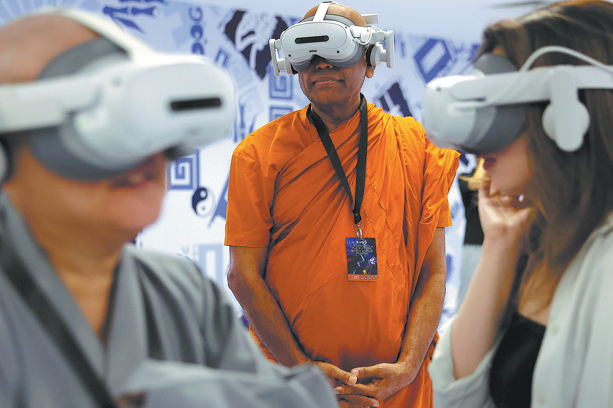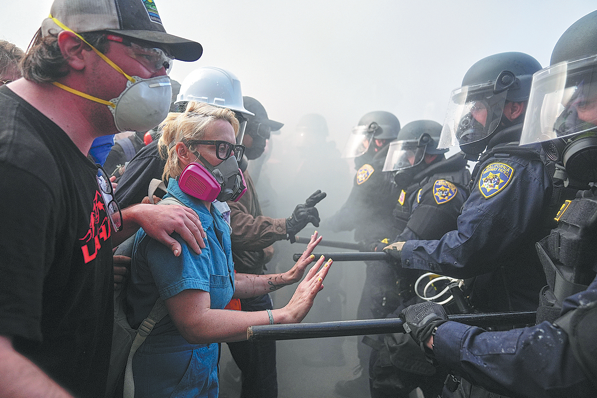Trench Fever makes historic return to Colorado
Xinhua | Updated: 2020-07-22 15:14
DENVER, the United States - After a decades-long hiatus, Trench Fever, an infectious disease observed originally in military populations during World War I, has returned, this time to the western US state of Colorado.
Colorado health officials confirmed the fourth suspected case of the disease, local Denver Post newspaper and Kaiser Health News reported on Tuesday.
Trench Fever, called a "moderately serious disease" by healthcare experts, lasts about a week and causes sporadic fevers along with "bone pain, headaches, nausea, vomiting, and general malaise," according to Kaiser Health News, a nonprofit news service covering health issues.
The disease, which can lead to skin lesions and fatal permanent heart damage, persists among the homeless.
Michelle Barron, medical director of infection prevention and control at the University of Colorado Hospital, was quoted by the Denver Post as saying that she received information that the school's microbiology lab had detected three cases of the disease early this year, caused by bacteria transmitted through the lice on the human body.
"Two is always an outbreak, and then when we found a third -- OK, we clearly have something going on," she said.
The resurgence of the disease surprised healthcare experts, especially in light of current COVID-19 concerns.
Barron said that she had "never seen anything like this in her 20 years," and Colorado issued a statewide alert for the infection on July 16.
Colorado's capital city Denver, like many US metropolitan areas, has a large homeless population who are routinely unwashed and living in squalid conditions. These represent perfect breeding grounds for lice that carry Trench Fever.
Denver health officials this week are busy trying to find a link between the four cases to prevent further outbreaks, the Kaiser Health News report said, adding they occurred months apart, and the patients appear to have no connection other than having been homeless in the Denver area.
























